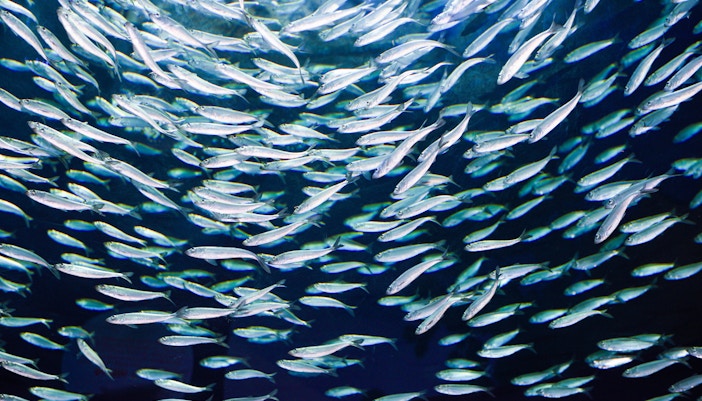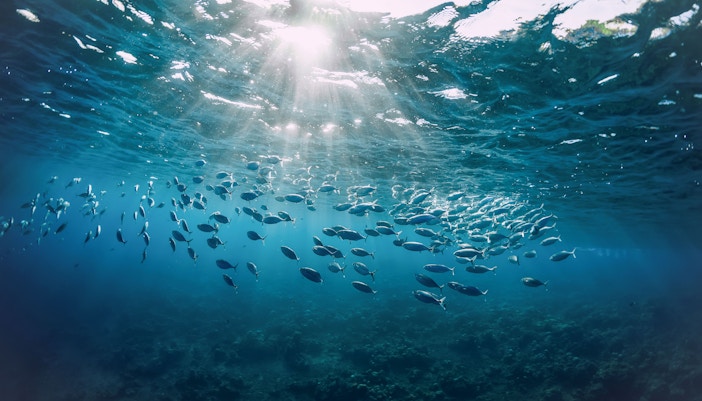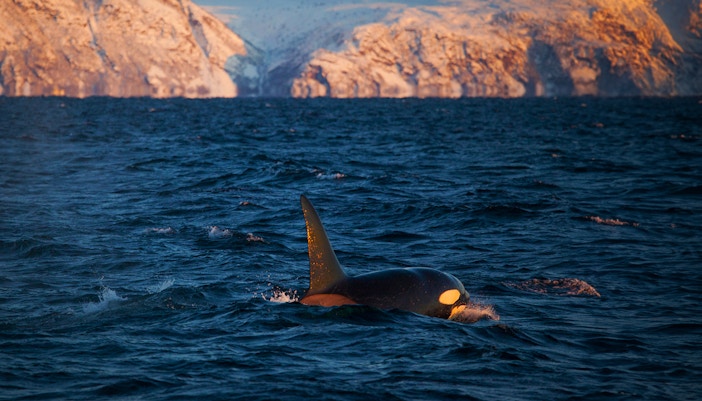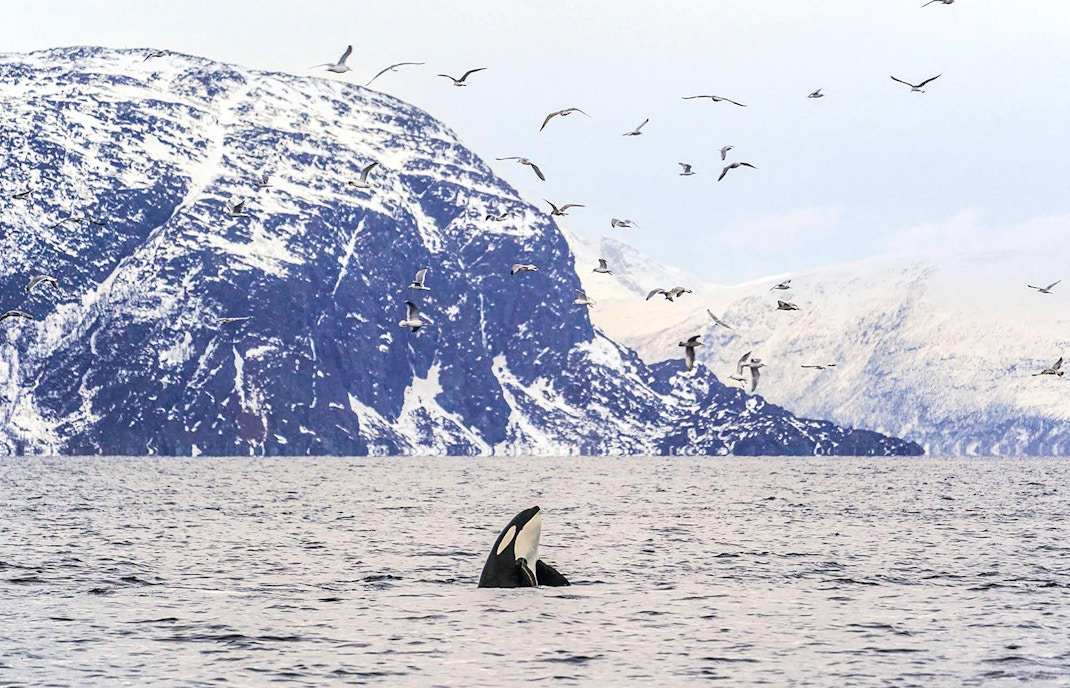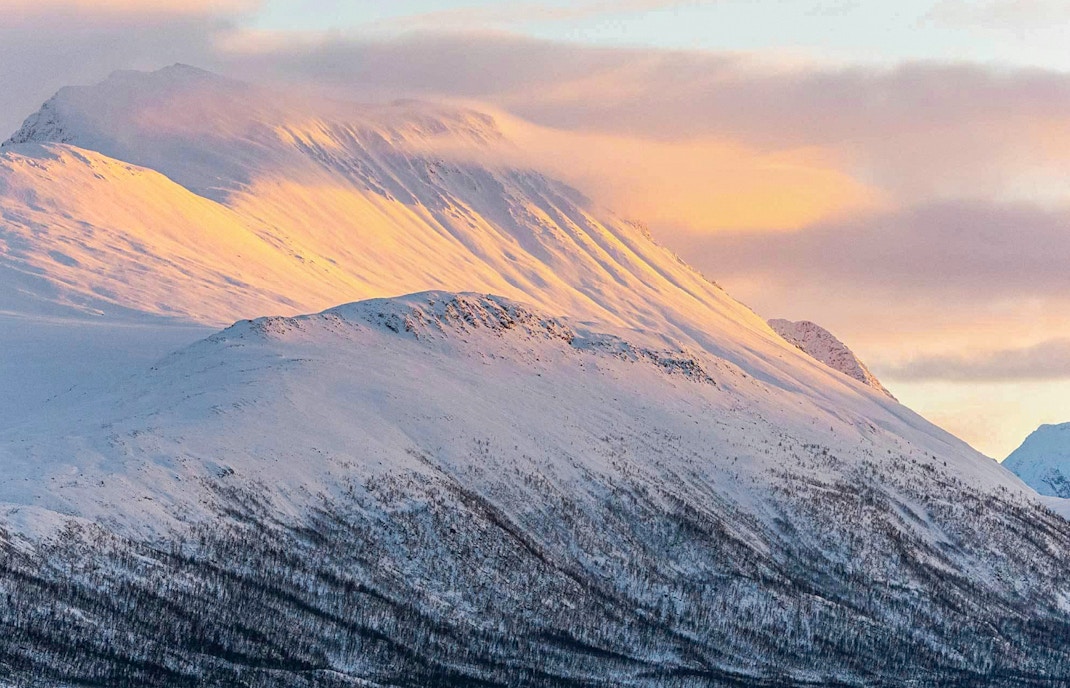- Humpback whales can be 16 meters long and weigh around 30-40 tons. Known for their long pectoral fins, these whales are social and often spotted in groups, feeding on small fish and plankton using a method called bubble net feeding.
- Humpbacks are the most commonly seen whales in Tromso. They migrate to Tromso's waters during the winter to feast on herring, a key food source that gathers in these nutrient-rich waters.
- Fun fact: Humpbacks are famous for their breaching behavior, where they leap out of the water, creating a dramatic splash. They also sing, producing complex vocalizations to communicate across long distances.
Whales in Tromso
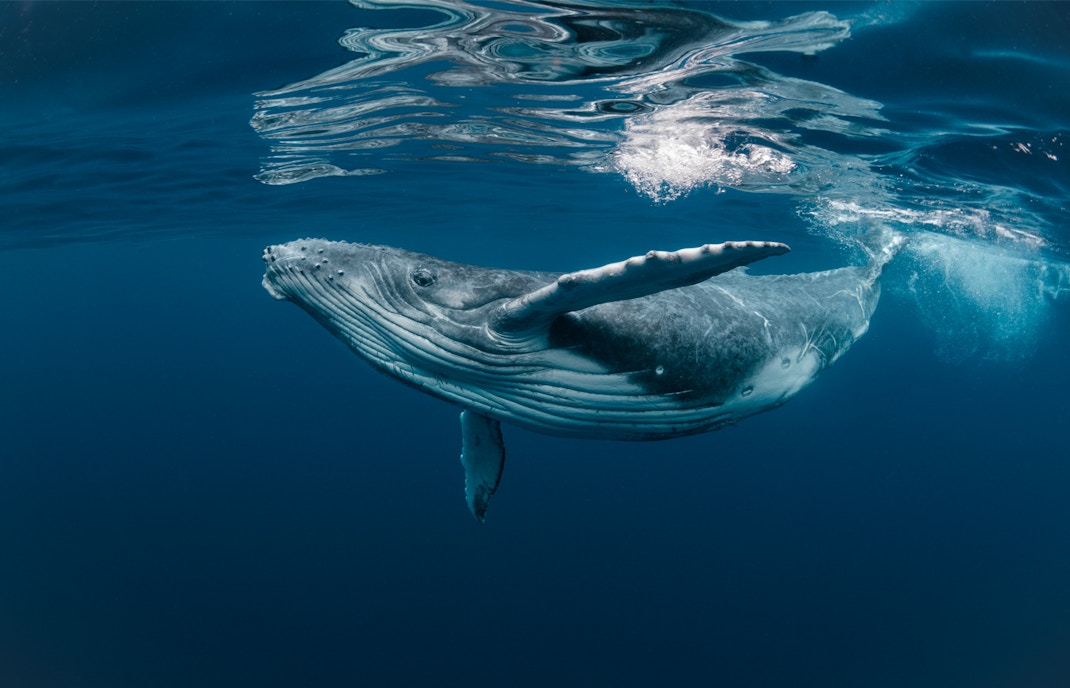
Humpback Whales
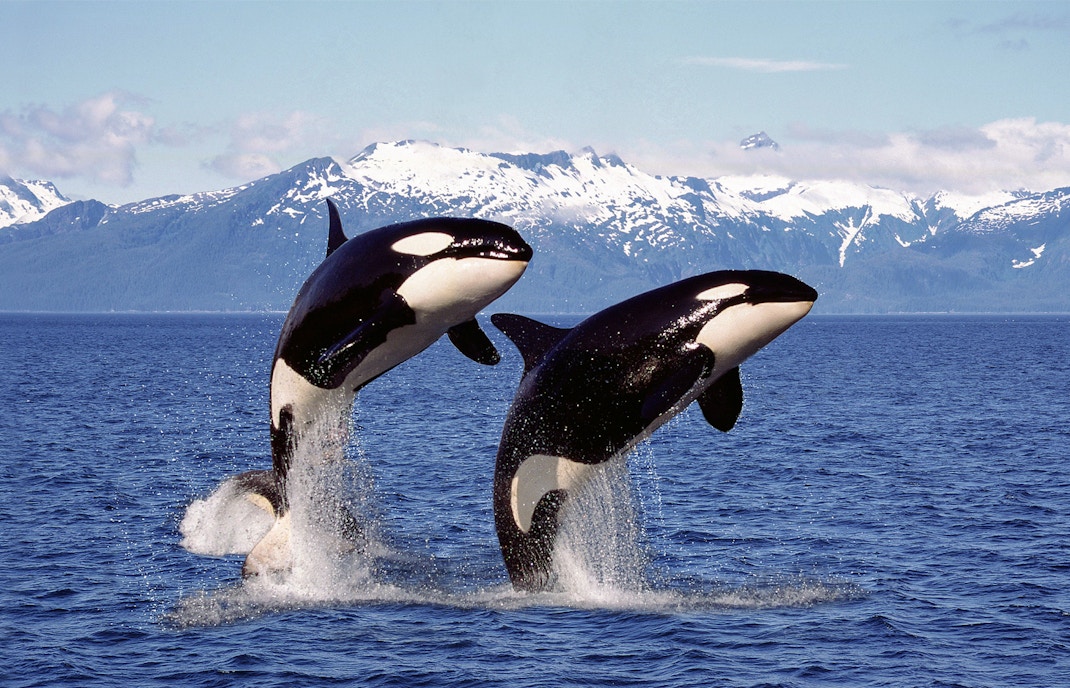
Orcas
- Orcas, also known as killer whales, are easily recognizable by their black-and-white coloring and are among the most intelligent marine predators. They can grow about 8-10 meters long and weigh up to 6 tons. These whales are highly social and are always found living and hunting in pods.
- Orcas frequent Tromso's waters in search of herring, which they hunt in packs using a sophisticated technique called 'carousel feeding,' where they circle and herd the fish.
- Fun fact: Orcas have complex communication systems and can even have dialects unique to their pods. Each pod has its own vocal patterns, which help them stay connected during hunts.
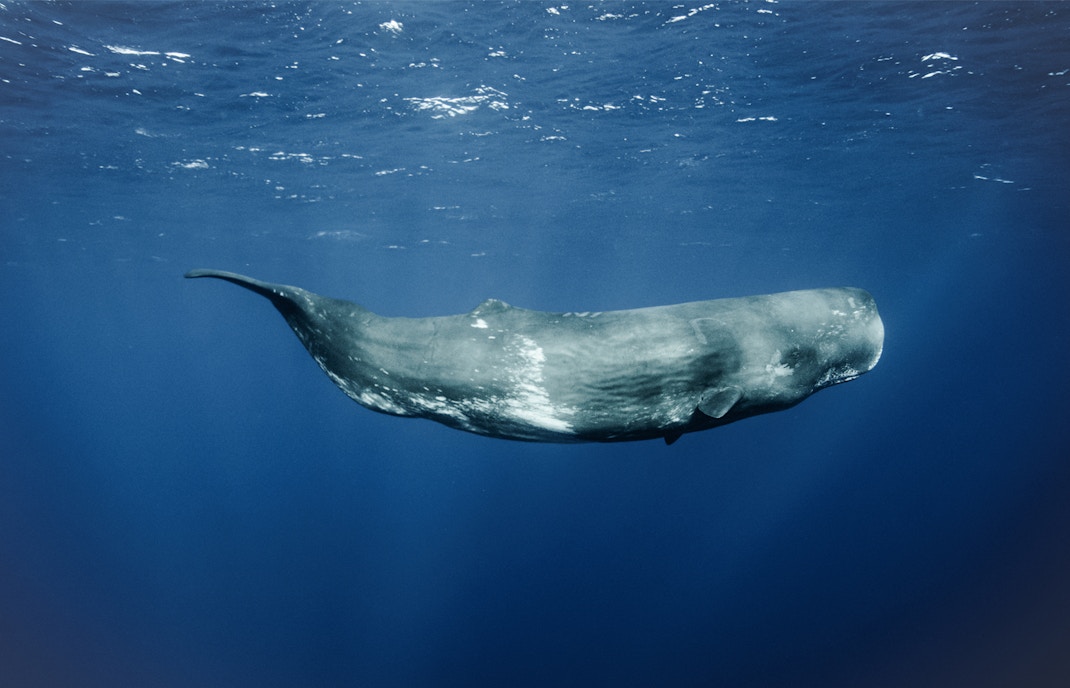
Sperm Whales
- Sperm whales are the largest toothed predators, growing up to 20 meters long. They have massive square-shaped heads, making up one-third of their body length, and are known for their deep-diving ability, reaching depths of up to 2,000 meters.
- While sperm whales are less commonly seen in the Tromso area than in other parts of Norway, they can still be occasionally spotted during whale watching tours, offering a rare sight for lucky visitors!
- Fun fact: Sperm whales use echolocation to navigate the dark ocean depths and find their prey. Their heads contain spermaceti oil, which was once highly sought after for making candles and cosmetics.
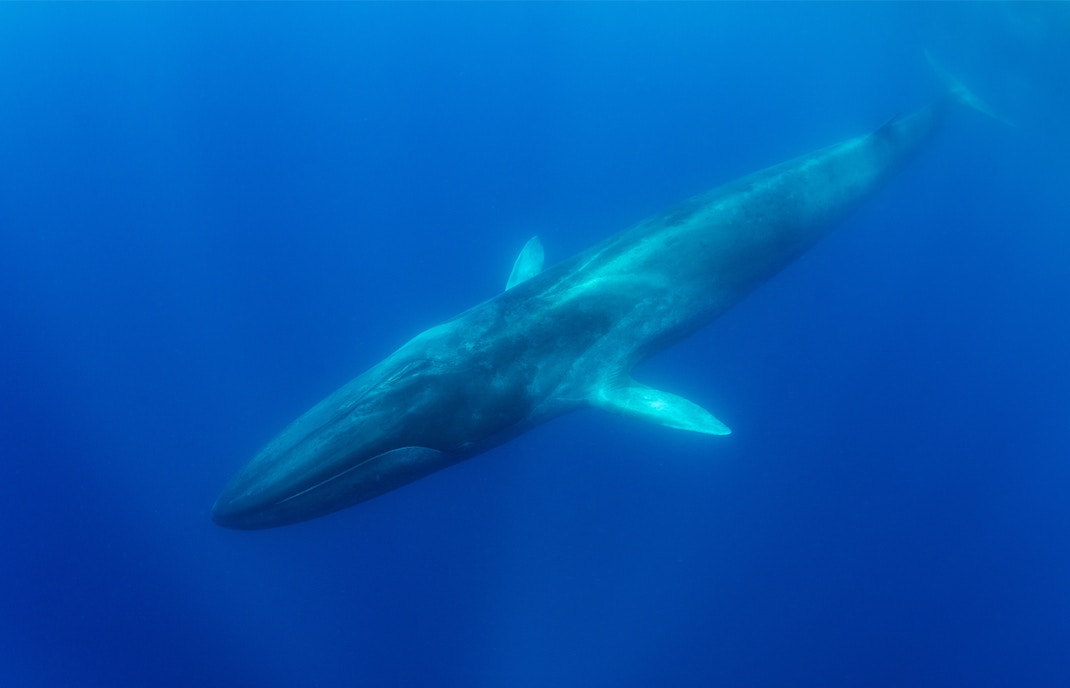
Fin Whales
- Fin whales are the second-largest animal in the world, second only to the blue whale. They can grow up to 27 meters long and weigh around 90 tons. Despite their size, they are very sleek and fast and can swim at a speed of 37 km/h, earning them the nickname, 'greyhounds of the sea.'
- Although fin whales inhabit Norwegian waters, they are only occasionally spotted in Tromso's fjords. Sightings are very rare.
- Fun fact: Fin whales are among the loudest animals on Earth. Their low-frequency vocalizations can reach up to 188 decibels and travel hundreds of miles underwater, facilitating communication across vast ocean distances.
